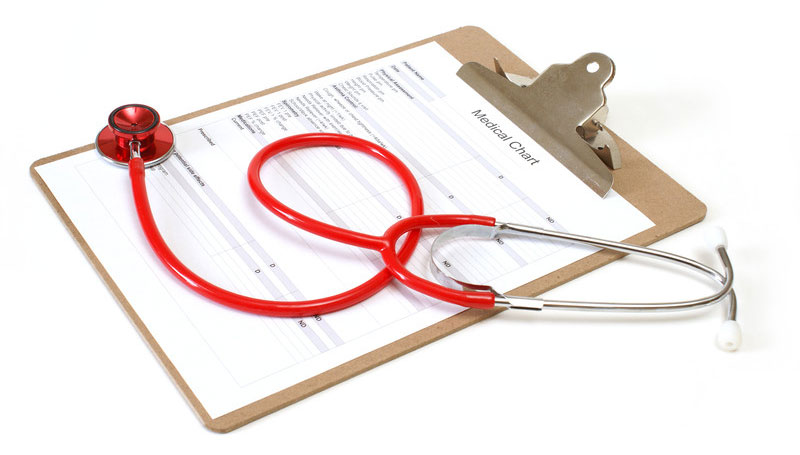Patient-centric solutions have been at the core of healthcare for decades. However, there are many challenges to the attainment of true patient-centered care. The 2019 Physician Fee Schedule (PFS) of the Centers for Medicare & Medicaid Services (CMS) renews the focus on achieving this goal by reducing administrative burden and documentation guidelines in order to free up physicians to provide more patient-centered care. The new documentation guidelines also have implications for medical transcription companies as they provide EHR-integrated documentation solutions for healthcare providers.

- Reduced Documentation BurdenAs every medical transcription service provider knows, the Evaluation and Management (E/M) visit has three components: the history, the exam, and the medical decision making (MDM). The changes to Evaluation and Management (E/M) documentation rules in 2019 remove the necessity to document the following:
- The medical necessity of a visit
- Repeat information when that information is already contained in the medical record. Providers should still review and update past data.
- For outpatient visits, the patient’s chief complaint in the medical record if that complaint has already been entered by administrative staff or the care beneficiary
- Other potentially repetitious information
The key aspects of E/M documentation under the CMS 2019 proposed rule are as follows:
- New time reporting option: Currently, selecting a visit based on time requires providers to document the duration of face-to-face time with the patient and greater than 50 percent of the visit must be spent in counseling or coordination of care. Beginning Jan. 1, 2019, practitioners can document office and outpatient E/M visits using medical decision-making or using time, regardless of the level of history or physical exam performed. Practitioners can use time as the governing factor in selecting visit level and documenting the E/M visit, whether or not counseling or care coordination dominates the visit.
- Medical decision making: Physicians can now select their level of service for both new and established patient office visits using only the medical decision-making component. Currently, new patient visits have to meet requirements for all three key components of history, examination, and medical decision-making. Meeting requirements for higher levels of service can be difficult especially difficult for new patient visits. The new rules remove the need for unnecessary documentation that does not contribute to patient care.
- Re-recording documentation burden: Expanding current options for history and exam documentation will allow providers to focus on changes since the last visit or pertinent items that have not changed, instead of re-documenting information. Practitioners can review and verify certain information in the medical record entered by ancillary staff or the beneficiary, rather than re-entering it.
- TelehealthCMS new proposals include paying for two newly defined physicians’ services provided using communication technology. These services relate to virtual check-ins and remote evaluation of recorded video and/or images submitted by an established patient. Reimbursement is proposed for the brief communication technology-based service when the patient checks in with the practitioner via telephone or other telecommunications device to determine whether an office visit or other service is needed. The service of remote evaluation of recorded video and/or images submitted by an established patient would also allow physicians to receive separate reimbursement for reviewing patient-transmitted photos or video information conducted via pre-recorded “store and forward” video or image technology to assess whether a visit is needed. There are new reimbursement opportunities for chronic care remote physiologic monitoring and inter professional internet consultation.
- Home Health and Remote Patient MonitoringThe PFS also includes provisions that will reimburse providers for patient communications via remote patient monitoring (RPM) tools. A type of telehealth delivery system, RPM refers to the use of digital technologies to collect medical and other types of health data from an individual in a location outside of conventional clinical settings and electronically transmit that information securely to a healthcare provider in a different location for assessment and recommendation. RPM tools allow healthcare providers to connect with their patients more effectively and efficiently at home and collect data for care management and coordination. RPM can improve health outcomes and reduce the cost of care. The three new medical codes have been created to bill Medicare for RPM services in 2019.
Other measures to meet promote better patient care include updated payments for home health care with a new case-mix system and new home infusion therapy services. A case-mix system called the Patient-Driven Groupings Model (PDGM) has been introduced for home health payment models. The PDGM would consider complex patient mixes for reimbursement rather than simply the volume of care.
- Interoperability of Medical RecordsCMS is also focusing on redesigning its health IT programs to put patients in charge of their own health data. Patients need to be able to easily access and interact with their medical records in order to participate better in their own care. CMS is striving to improve interoperability to allow patients to carry their data with them as they move through the health care system. This will ensure that providers have the necessary information to make the right diagnosis and provide appropriate treatment for their patients.
Complete and accurate medical records improve the quality and efficiency of medical care, and lower costs. Outsourcing medical transcription can ensure timely and legible EHR documentation to meet the new guidelines, allowing physicians to focus better on their patients’ interests.


